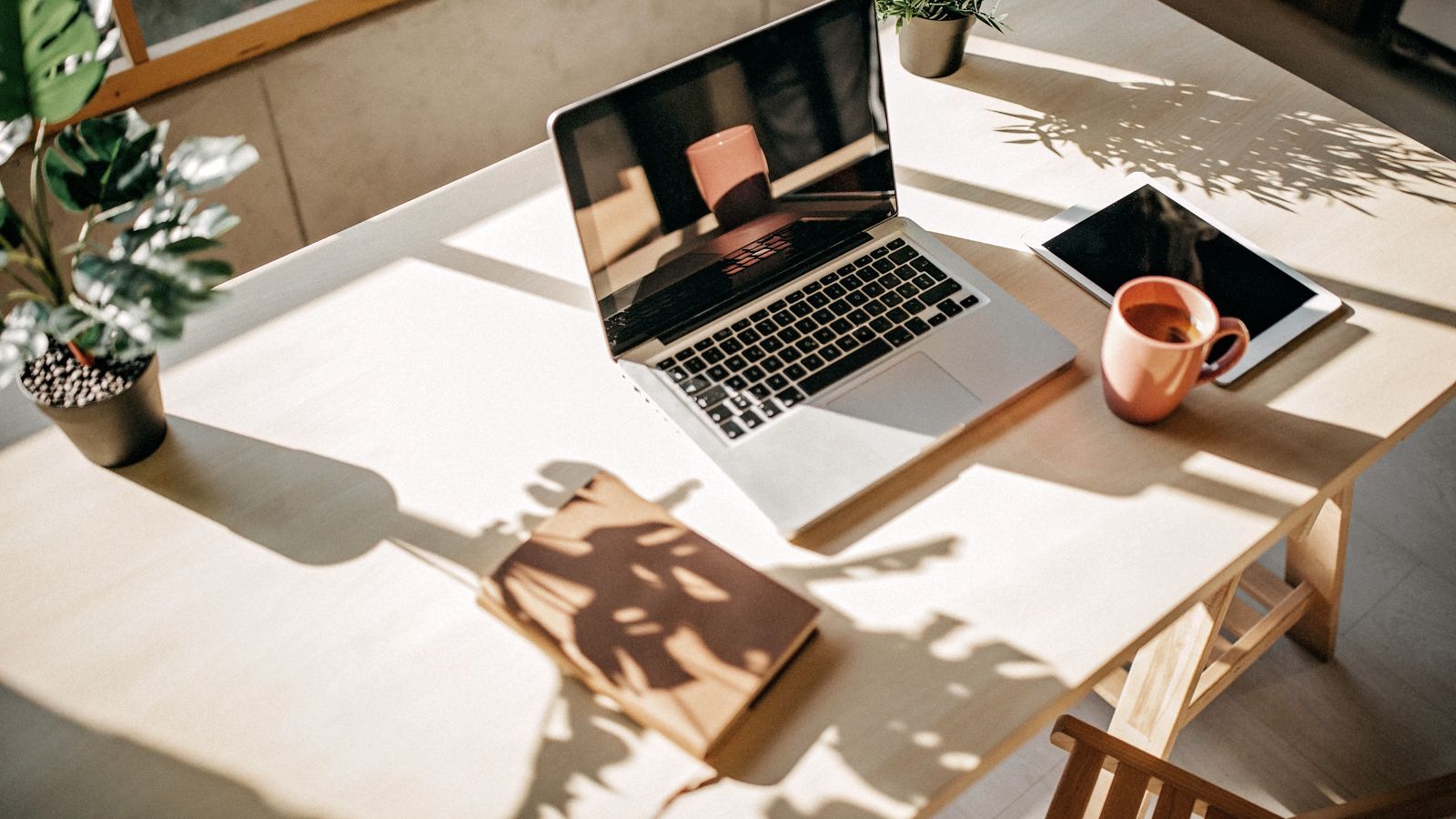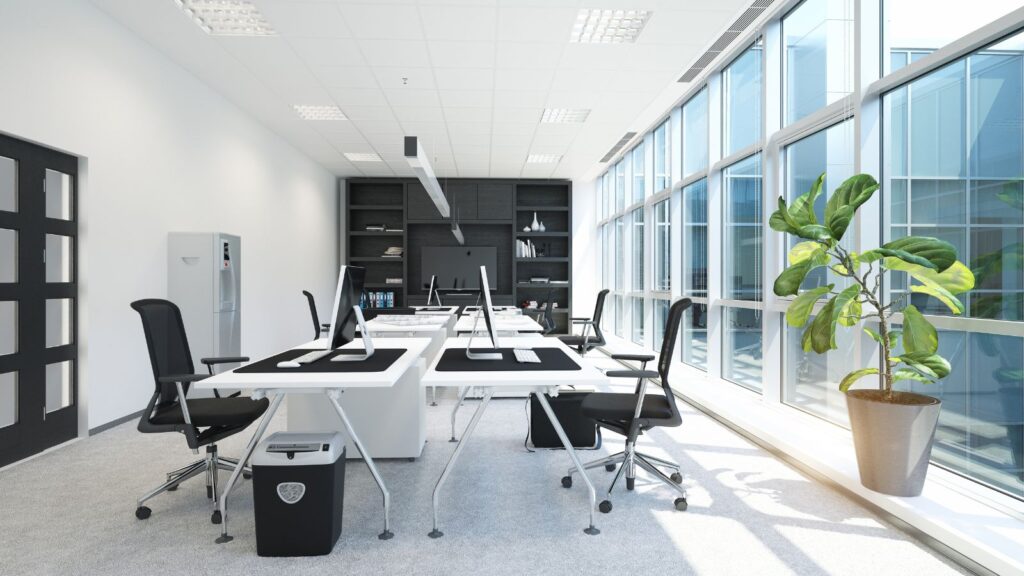For more than a century, the office has been the center of working life. Rows of desks, ringing phones, and buzzing fluorescent lights once defined where and how work got done. But the last few years have reshaped that picture completely. Remote work, digital tools, and changing employee expectations are forcing companies to rethink what an office should be. As a result, demand for office fit out London services has grown, helping businesses create modern spaces that support flexibility, collaboration, and well-being.
Today, the future of the office isn’t about square footage or cubicle counts. It’s about flexibility, purpose, and creating a space that supports the way people actually work in a hybrid world.
From Workplace to Work Experience
The traditional office was designed around efficiency: how many people could be fit into a given space. That mindset no longer works. Employees don’t just want a desk—they want an experience. They want an office that helps them collaborate, focus, and connect with others.
The office of the future is less about managing presence and more about supporting productivity and well-being. It becomes a place where people want to be, not just where they’re expected to show up.
The Rise of Hybrid Work
One of the biggest drivers of change is hybrid work. Many employees now split their time between home and the office. This shift has huge implications for office design. If people are coming in only part of the week, what do they need from the space?
Collaboration spaces become more important, since workers often come to the office for meetings and teamwork.
Quiet zones are still necessary for focus, especially when remote setups are noisy or distracting.
Flexible layouts allow companies to scale up or down depending on who’s on-site.
Hybrid work means the office is no longer the default, but it remains a critical hub for connection and culture.
Technology as the Backbone
The future office is powered by technology. Remote collaboration tools like Zoom and Teams are just the beginning. Smart offices now include:
Room booking systems to manage shared spaces.
IoT sensors that adjust lighting, temperature, and air quality automatically.
Wireless charging stations and high-speed connectivity at every corner.
Video conferencing pods that make hybrid meetings seamless.
Technology is no longer just an add-on; it’s the backbone that makes modern offices work for everyone, no matter where they are.

Health and Well-Being Take Center Stage
If the pandemic taught us anything, it’s that health at work matters. Offices of the future are designed with well-being in mind:
Better ventilation and air quality systems to create healthier environments.
Natural light and biophilic design (plants, green walls, natural textures) to reduce stress.
Ergonomic furniture to prevent fatigue and injuries
Wellness rooms where employees can rest, meditate, or take a private break.
When offices prioritize well-being, employees feel supported—and that leads to better engagement and performance.
Sustainability in Office Design
Sustainability is no longer optional. Businesses are under pressure to reduce their environmental footprint, and office spaces are a big part of that effort.
Future-ready offices incorporate:
Energy-efficient lighting and climate systems to cut power use.
Recycled and eco-friendly materials in furniture and finishes.
Smart building management systems that monitor and optimize energy use.
Flexible spaces that reduce the need for constant renovations and waste.
A sustainable office not only helps the planet but also sends a positive message to employees and clients.
Culture and Community in the Office
Perhaps the most important role of the modern office is cultural. With remote work, it’s easy for employees to feel disconnected from each other and the organization. The office becomes a place to build community.
Open lounges, coffee corners, and shared spaces encourage informal conversations. Celebrations, workshops, and team-building activities bring people together in ways that video calls can’t replicate.
When designed well, the office becomes the heartbeat of company culture—reminding employees that they’re part of something bigger.
Challenges Ahead
The evolution of the office isn’t without challenges. Companies face questions like:
How much office space is really needed in a hybrid model?
How do we balance the needs of in-office and remote employees fairly?
How can small businesses afford high-tech, future-ready office upgrades?
How do leaders encourage employees to use the office without making it feel mandatory?
These are complex issues, and the answers will vary depending on the organization. But one thing is clear: ignoring the shift is not an option.
Looking Forward
Ten years from now, offices will look very different from today’s. They’ll be smarter, greener, and more human-centered. They’ll focus less on where work gets done and more on how it gets done.
We may see offices with built-in childcare, gyms, or community hubs. We may see more coworking-style spaces where multiple companies share flexible resources. What won’t change is the fundamental role of the office as a place for people to come together, innovate, and grow.


More Stories
Aviator Predictor 1xBet – Smart Forecasting for Safer Bets
7 Leading Sustainable Kitchen Cabinet Services in Arizona: Green Remodels for Desert Dwellers
Craig Scott Capital: A Comprehensive Overview